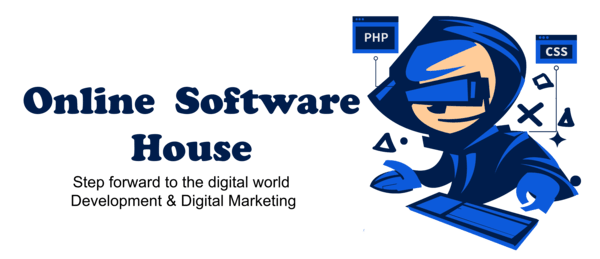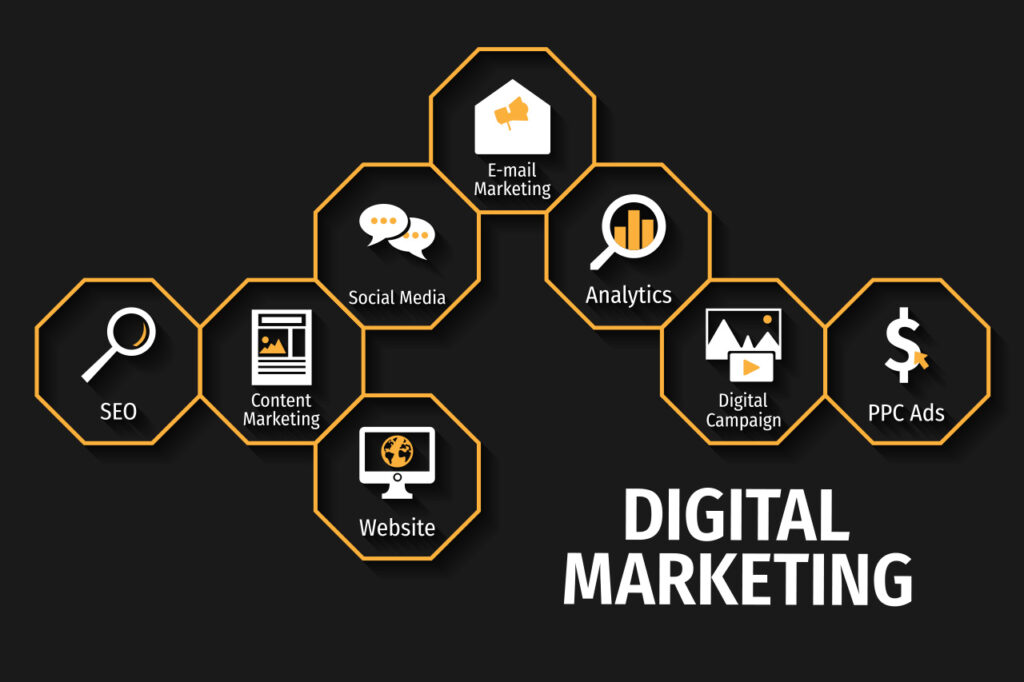
Explore the world of website development and learn how to make a strong digital foundation for your online presence. Discover the crucial way, stylish practices, and common questions in the world of web development.
In moment’s digital period, a well- designed and functional website is the foundation of any successful online adventure. Whether you are a business proprietor, blogger, or aspiring entrepreneur, understanding the complications of website development is essential. In this comprehensive companion, we’ll claw deep into website development, exploring its significance, the way involved, and addressing common questions. Let’s embark on a trip to make a robust digital foundation.
Preface Unveiling the Power of Website Development
Your website is frequently the first commerce a implicit client has with your brand. It serves as your digital storefront, and its design and functionality can significantly impact your online success. So, what exactly is website development, and why is it critical in moment’s digital geography?
What's Website Development?
Website development encompasses the process of creating and maintaining a website. It involves colorful tasks, from designing the stoner interface and layout to rendering and icing the point’s functionality. Effective website development isn’t just about aesthetics; it’s about furnishing an excellent stoner experience.
The Phases of Website Development

1. Planning : Define your website’s pretensions, target followership, and content strategy. produce a sitemap to outline the structure.
2. Design : Develop the visual rudiments, including layout, color scheme, and typography. stoner experience( UX) and stoner interface( UI) design play a pivotal part then.
3. Development : Write the law for your website, icing that it’s responsive and compatible with colorful bias and cybersurfers.
4. Testing : Completely test your website for functionality, comity, and performance. Address any issues or bugs.
5. Launch : Emplace your website to a web garçon and make it accessible to the public.
6. conservation : Regularly update and maintain your website to insure it stays secure and over- to- date.
The Impact of Effective Website Development
A well- website development offers multitudinous benefits
1. Credibility ; A professional- looking website instills trust in your followership.
2. Availability ; Your point can be penetrated24/7, allowing druggies to engage with your content at their convenience.
3. Hunt Machine Visibility ; duly optimized websites are more likely to rank advanced in hunt machine results.
4. stoner Experience ; A well- structured and stoner-friendly website enhances the overall experience for callers.
way in Website Development
Creating a successful website requires a methodical approach. Then are the crucial way involved

1. Define Your Purpose
Easily articulate the pretensions and objects of your website. Determine what you want to achieve and how your website will help you do that.
2. Choose a sphere Name and Hosting
elect a sphere name that reflects your brand and is easy to flash back . Choose a dependable hosting provider to insure your website is always accessible.
3. Design Your Website
Work on the visual rudiments of your website, including layout, color scheme, and totem. insure the design aligns with your brand identity.
4. Develop the Website
Write the law for your website, icing it’s responsive, fast- lading, and secure. Consider using a Content Management System( CMS) like WordPress for easier operation.
5. produce Content
Develop high- quality, applicable content that engages your target followership. This includes textbook, images, vids, and other media.
6. Optimize for SEO
utensil SEO stylish practices to ameliorate your website’s visibility in hunt machine results. This includes keyword exploration, on- runner optimization, and link structure.
7. Test Completely
Test your website across colorful cybersurfers and bias to insure it functions rightly. Check for broken links and usability issues.
8. Launch and Promote
Once you are satisfied with your website, launch it and start promoting it through social media, dispatch marketing, and other channels.
Conclusion structure Your Digital Future
In the digital age, your website is the gateway to your online success. Effective website development is the key to creating a strong digital foundation that attracts, engages, and retains your target followership. By following stylish practices, staying streamlined, and continually perfecting your point, you can establish a redoubtable online presence. So, start your website development trip moment, and watch your digital future flourish.
FAQs
While rendering chops are salutary, you can use website builders and CMS platforms like WordPress to produce a point without expansive rendering knowledge.
The cost of website development varies extensively depending on factors like complexity, features, and whether you hire professionals or do it yourself. It can range from a many hundred to thousands of bone
Responsive web design ensures that your website looks and functions well on different bias, including smartphones, tablets, and desktops.
Regular updates are essential to keep your website secure and applicable. Aim to modernize content at least yearly and perform specialized updates as demanded.
Website analytics tools like Google Analytics give perceptivity into stoner geste helping you make data- driven opinions to ameliorate your point’s performance.
Yes, with careful planning and proper redirects, you can redesign your website without significant SEO consequences.



 Are you passionate about web development, skilled in HTML, CSS, Bootstrap, JavaScript, PHP with PDO, and have a knack for customizing WordPress? If so, we have an exciting opportunity for you!
Are you passionate about web development, skilled in HTML, CSS, Bootstrap, JavaScript, PHP with PDO, and have a knack for customizing WordPress? If so, we have an exciting opportunity for you!


































